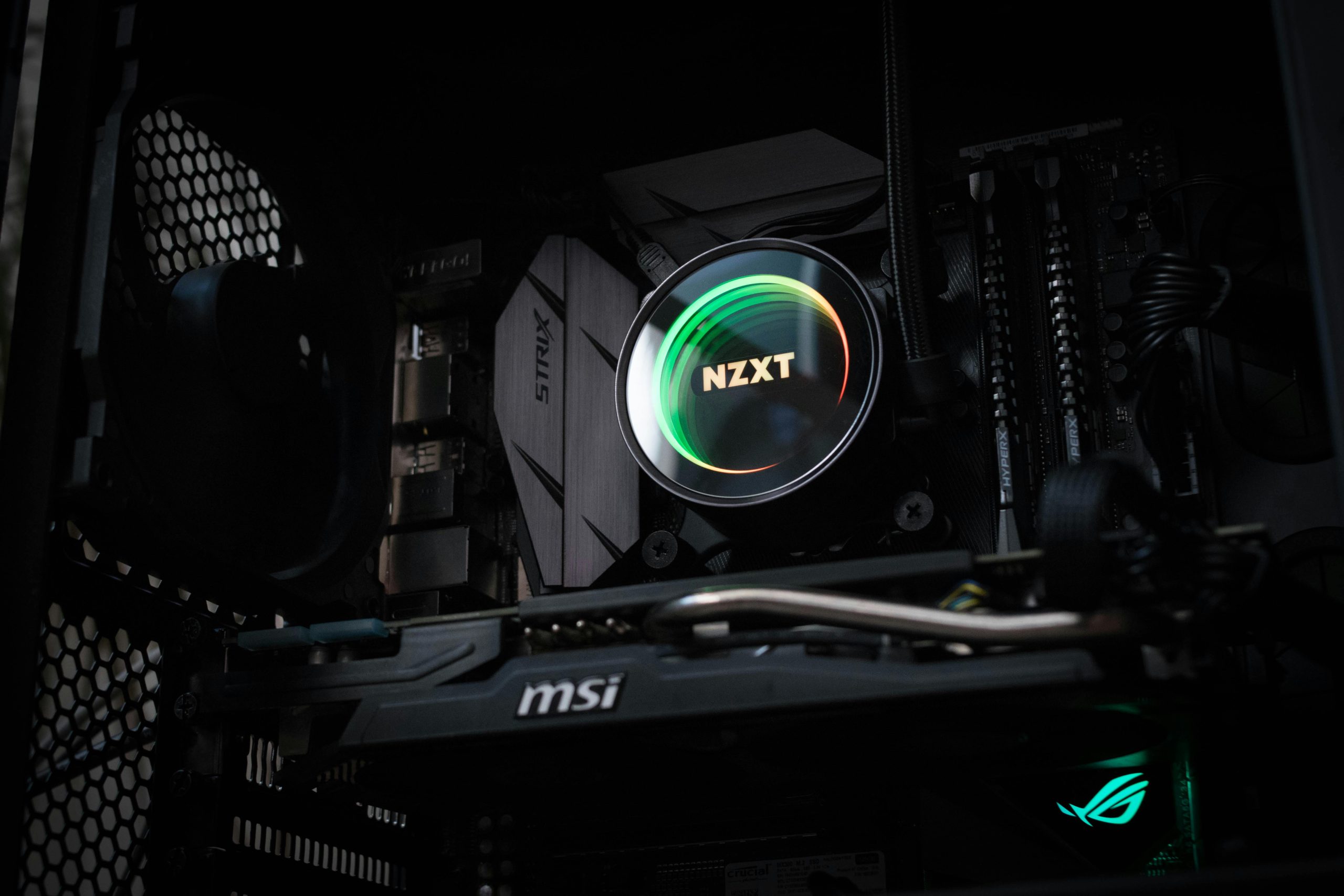Troubleshooting Computer Overheating: A Closer Look at Your AIO Cooler
After five years of dependable service, my pre-built iBuypower computer has recently begun to show signs of distress. For over a year, I’ve noticed an unusual noise that I initially attributed to one of the fans. However, it seems that the culprit might actually be the water pump.
Last night, the situation escalated dramatically: my system experienced significant slowdowns, and this morning, it began shutting down unexpectedly, only to restart and land in the BIOS. The temperature readings are alarming, hovering around 70-80°C, indicating a potential cooling failure.
While I’m far from an expert, with around 20 years of casual technology use under my belt, I decided to investigate the water cooling system. Tracing the connections, everything appeared to be in order until I reached a rather perplexing junction. Here, a three-wire connection leads into what appears to be a splice, from which two additional wires extend to a mysterious component.
This has left me puzzled: what is this setup, and should I attempt to disconnect it? If you’ve encountered similar issues or have insight into this type of configuration, your advice would be invaluable. As I work through these overheating challenges, I’m eager to hear any tips or suggestions from the community on troubleshooting or fixing what may be a critical overheating issue.
Share this content:




Helpful Tips for Diagnosing Your AIO Cooler and Overheating Issues
Thank you for providing detailed information about your setup and symptoms. Overheating and unusual wiring configurations can sometimes indicate underlying hardware issues or custom modifications. Here are some steps to consider: